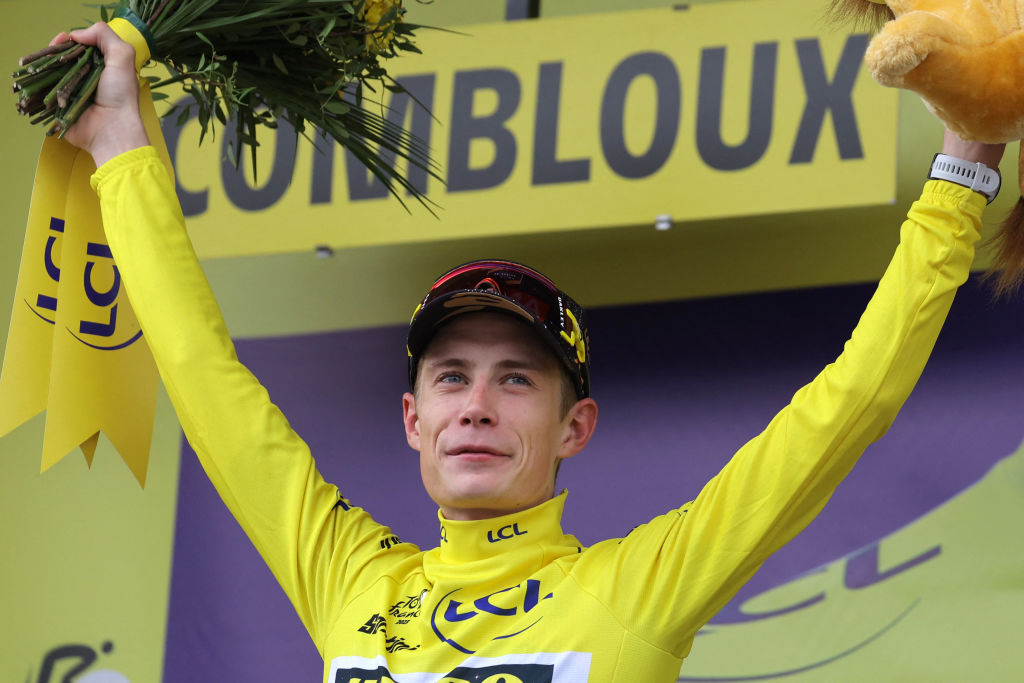After more than a fortnight where neither rider could get the upper hand, defending Tour de France champion Jonas Vingegaard (Jumbo-Visma) has finally put some significant distance between himself and arch-rival Tadej Pogačar thanks to a stunning time trial victory in Combloux.
Vingegaard gained a massive 1:38 on Pogačar in a distance of just 22.4km on stage 16, scoring his and his team’s first stage win of the race and widening the gap between the top two on GC from a paltry 10 seconds to a much bigger margin of 1:48.
With two major mountain stages to go, the usual caveats that the race is not over until Paris still very much apply, but Vingegaard ended the previous stalemate between the two with such a devastating show of strength that from now on it would seem fair to say that the 2023 Tour is his to lose.
Even Vingegaard himself was surprised by the scale of his victory, telling reporters afterwards: “It was one of my best days on the bike ever, so good that at one point I even doubted my power metre, it was showing so high.
“But I’ve prepared for this for so long and all the hard work paid off.”
Vingegaard was even prepared to share a little of his power data that he had not expected to see.
“It was on the flat part of the course, I was holding back and thinking I wanted to do around 360 watts,” he said. “However, I ended up doing 380 watts between the two climbs.”
Regardless of Vingegaard’s quizzing his own data, the time gaps between the two made it clear that even if Pogačar was doing a great ride, smashing the provisional best times of Rémi Cavagna (Soudal-QuickStep) and then that of teammate Wout van Aert, Vingegaard was on another planet.
16 seconds in Vingegaard’s favour at the first time check after 7.1km then stretched to 30 seconds with 10km to go. By the summit of the steep second-category Côte de Domancy climb, the gap had yawned to 1:05 and it kept on rising all the way to the line.
The time trial was by no means straightforward to handle, with four distinct segments, but Vingegaard’s strategy appeared to be more than effective.
“There was a climb early on where you had to go quite hard, but not too much because otherwise you’d blow,” he said. “Then after the climb, it was all about trying to recover on the descent and hold back a little on the flat part that followed.
“Then on the last climb, again you’d go hard, but keeping a little bit back because you know you have to save your strength for the final drag up to the finish.”
He had no…
Click Here to Read the Full Original Article at CyclingNews RSS Feed…

